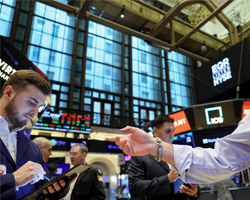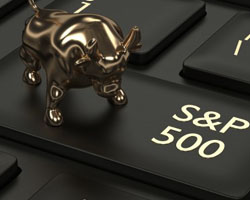What is Economic Growth And What Does It Have to Do With Inflation?
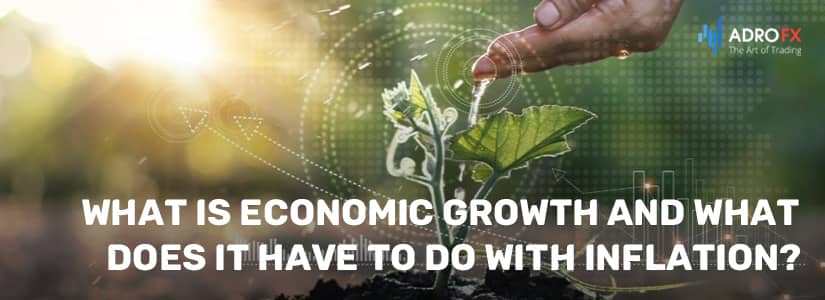
If a country's economy is growing, it means its citizens' standard of living is also growing. Or does it? Let's find out what gross domestic product is, how it relates to economic growth and living standards, and what inflation has to do with it.
What is Economic Growth?
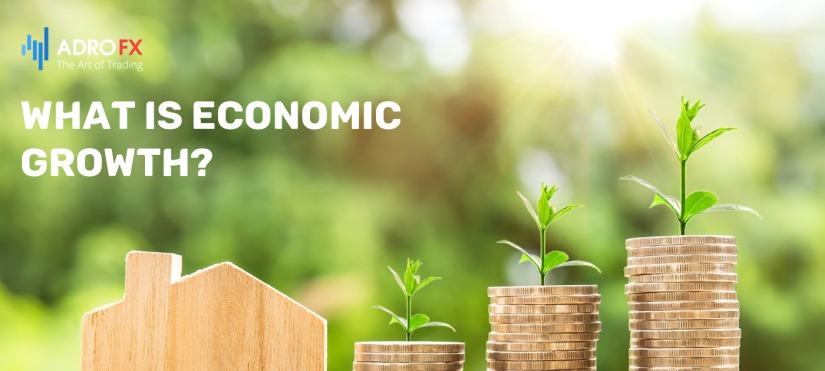
The answer is obvious – it is the development of the economy. But how do you measure this indicator and determine whether there is growth or not?
For example, to assess whether a person is rich, we first look at their income. The more they earn, the more they can afford: a big house, a prestigious car, holidays at expensive resorts, private schools for children, treatment at the best clinics, and other benefits of civilization, which are available for the currencies.
It is the same with the country's economy: the greater the total income of the country, the more its inhabitants can afford. Another thing is that the income of a whole country is more difficult to measure than that of a single person, and that's what the GDP (gross domestic product) is for. If GDP is growing, it means there is economic growth in the country.
What is GDP, and How Do We Measure It?
Gross Domestic Product is the total value of goods and services that have been produced in a country over a period of time, such as a year.
GDP is not easy to calculate because you have to add up everything produced in the country: both goods and services. Even corn grown in the fields and a punk band concert count as GDP. All these various goods can only be added up to determine the amount of GDP if we translate each of them into funds, their market value. That is, in the amount of funds that people are willing to pay for each commodity, whether it is a vegetable or a ticket to a concert.
It turns out that the higher the gross domestic product, the better the country's inhabitants live, no?
It's not just the level of GDP that matters, but also the amount of GDP per capita. Here we can also draw an analogy with the family: if a family of two earns say, 5,000 dollars a month, then they can afford a lot. And if 5,000 is the total income of a family with six children, plus three aunts and two grandfathers who depend on them? Of course, their standard of living would be lower than that of a family of two with the same income.
GDP per capita shows the income of the average person in the country - the so-called average hospital temperature: Kevin earns 30,000, and Jake is out of work. On average, they both earn 15,000.
GDP by itself does not take into account such indicators as, for example, ecology or the level of personal happiness of each inhabitant. So we cannot call it an ideal measure of well-being - after all, quality of life is not always directly related to the amount of funds in the wallet.
Thus, economic growth is an increase in the quantity of goods and services. Is it worth it to chase consumption? It's not about finances, they say. Yes, economic growth is not always synonymous with happiness and prosperity, but still GDP growth has a positive effect on living standards. The more prosperous a society, the higher its life expectancy, the better its medicine, and the lower its crime rate. Care about the environment is also characteristic of wealthy countries. Therefore, economic growth is one of the main objectives of economic policy in any country.
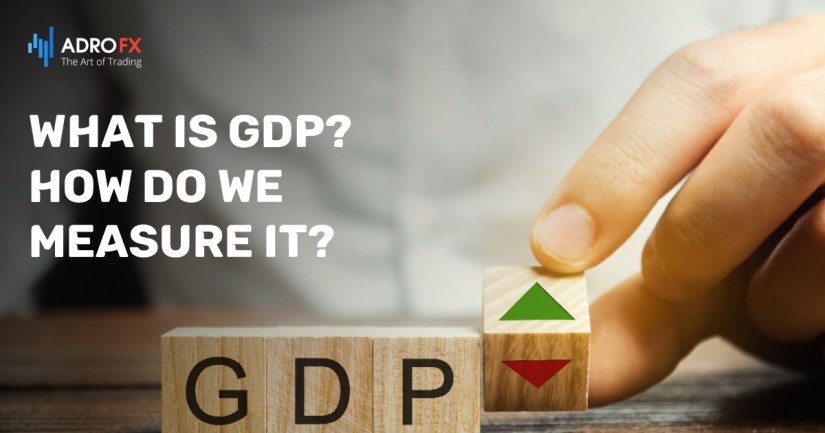
Economic growth types:
- Extensive growth is growth due to an increase in resources. Let's say a country has a lot of natural resources and lives off them: mining and exporting, which is how the economy grows. At the same time, no one develops production, or invests in technology - the country just intensively uses the resource until it runs out.
- Intensive economic growth occurs at the expense of the state improving technology, mastering the achievements of science and technology, and investing in innovative business. Roughly speaking, the hoe and the plow are replaced by robots: production is improved, and GDP and living standards grow.
- Economic growth depends on different factors: for example, how many capable people there are, how many qualified specialists there are, how many natural resources there are, how technological production is, whether the social and political situation is stable, whether investments are developing, etc.
Why Low Inflation Is Important for Economic Growth?
How do ordinary people, entrepreneurs, and businesses act in the face of high and unpredictable inflation? They spend their earnings as quickly as possible, abandon savings and long-term investments, and invest not in development, but in valuable goods, real estate, or foreign currency.
It becomes impossible to plan anything for the long term ahead, and this is the most important condition for the growth of investment and the economy as a whole.
Without long-term planning and investments, it is impossible to develop science, technology, and innovative industries, without which the modern economy is unthinkable. Economic growth with high inflation is possible if external factors, such as high prices for exported natural resources, contribute to it. But these factors may come to an end, and with this, economic growth will inevitably end.
Today almost two-thirds of the world's GDP - that is, all the goods and services the world has produced over time – is accounted for by countries where central banks control inflation in one form or another. After all, the lower the rate of price growth, the easier it is to plan ahead – this applies to businesses, banks, and ordinary people. Stable prices are the basis for economic development.

